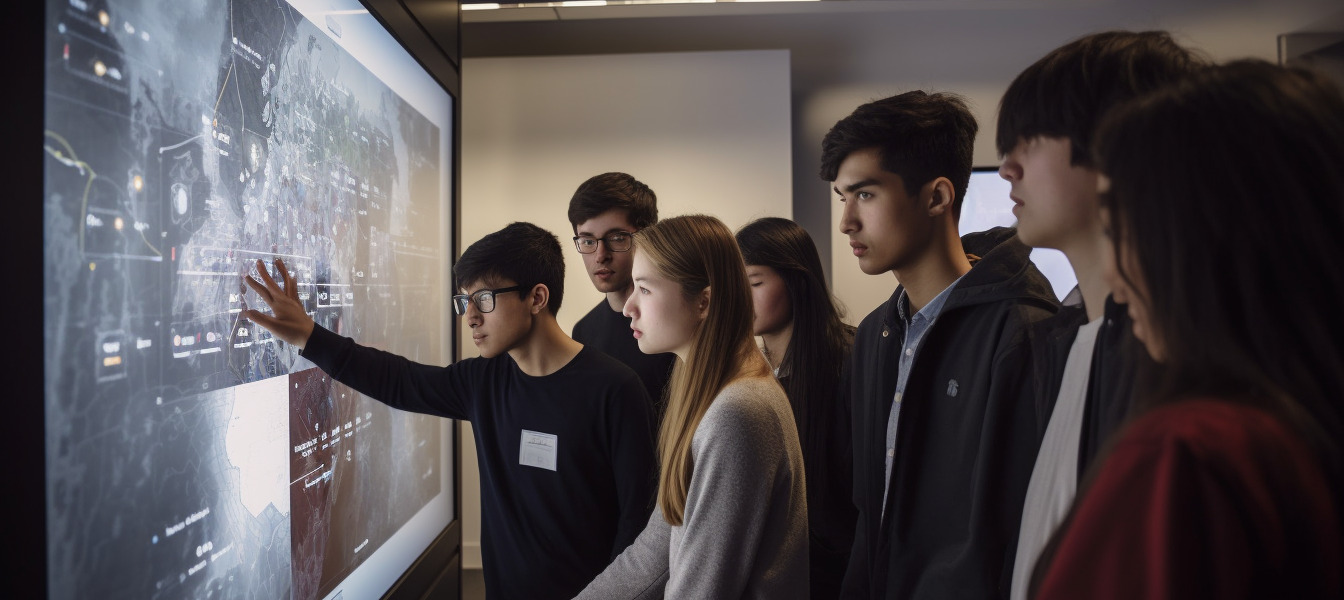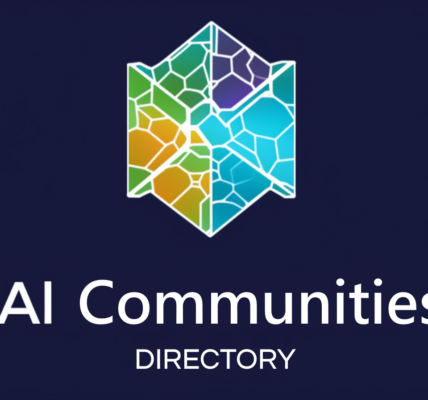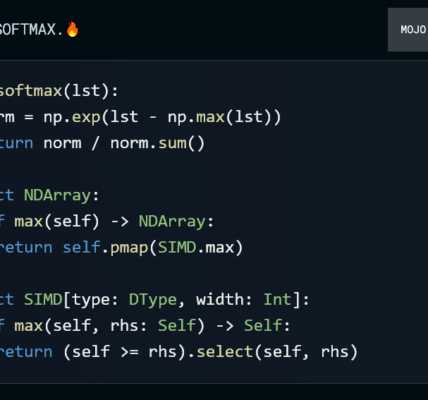Imagine walking into a classroom where the teacher is an AI-powered Large Language Model (LLM) and the lesson plans are chock-full of engaging, AI-generated content. Sounds like something straight out of a sci-fi movie, right? Well, it’s closer to reality than you might think, and I’m here to give you the lowdown on how these cutting-edge technologies are poised to revolutionize education.
The Rise of Large Language Models
Picture this: You’re sitting in your favorite coffee shop, sipping a delicious oat milk latte, when you stumble upon a perspective paper titled ‘Opportunities, Challenges, and Prospects of LLMs in Classroom Teaching.’ Your inner tech geek can’t resist diving in, and boy, are you glad you did. This gem of a paper explores how recent advancements in Large Language Models, like the GPT series, can be harnessed to improve classroom teaching.
LLMs: A New Era for Natural Language Processing
So, what exactly are these LLMs? They have made impressive strides in natural language processing tasks like conversational querying, sentiment analysis, and question answering. In some cases, they’ve even outperformed human experts! Crazy, right? But that’s not all – these models can generate contextually rich dialogues and demonstrate logical deduction skills, making them perfect candidates for spicing up classroom teaching.
Challenges in the Classroom
Let’s take a look at some of the challenges teachers face in the classroom. Sometimes the teaching plan has to be revised on the fly due to unforeseen events, and we all know the struggle of dealing with technical malfunctions. Trust me, I’ve been there – nothing quite like your laptop dying in the middle of an important presentation! On top of all that, new teachers might find it tough to develop an effective dialogue plan without access to a wealth of teaching resources.
AI-Generated Content: A Game-Changer for Education
But fear not, my friends, because AI is here to save the day. The perspective paper proposes that advanced AI models can play a crucial role in addressing these challenges and improving the overall quality of dialogue. By integrating LLMs and AIGC into classroom teaching, we can tackle issues like auto-completion, style transfer, and even dialogue assessment. How cool is that?
Practical Applications
So, what does this all mean in practical terms? Well, imagine being able to generate new lesson plans in record time, or helping teachers deal with unexpected events without breaking a sweat. With AI-generated content, the possibilities are endless. From enriching teaching materials with knowledge and style transfer to providing high-quality dialogues for a wider range of topics and subjects, AI can truly transform the classroom experience.
Fine-Tuning AI Models
But wait, there’s more! The paper also delves into the fine-tuning of AI models to unlock their domain-specific capabilities, which could further enhance the quality of AIGC for educational purposes. Through techniques like supervised ranking loss and reinforcement learning from human feedback, we can ensure that AI-generated content is not only safe and meaningful but also optimized for classroom teaching.
Key Findings: A Deeper Dive into the Research Paper’s Conclusions
Alright, folks, it’s time to roll up our sleeves and dive into the nitty-gritty details of the research paper’s findings. Trust me, you’ll want to stick around for this part because the results are nothing short of mind-blowing.
Teacher-Student Dialogue Auto-Completion
One of the major breakthroughs in the study was the development of AI models that can auto-complete teacher-student dialogues with high accuracy. This means teachers can focus on what matters most – teaching and mentoring their students – while leaving the technicalities to AI.
Fine-Tuning AI Models with Teaching Databases
The paper also explored the possibilities of fine-tuning AI models using specialized teaching databases and human feedback. Through techniques like supervised ranking loss and reinforcement learning from human feedback, AI models can be refined to generate more accurate and relevant content for the classroom.
Assessing the Quality of AI-Generated Content
Another crucial aspect of the study was evaluating the quality of AI-generated content for classroom use. By employing a combination of human-feedback evaluation, evaluation by language models, and evaluation by external language models, the researchers proposed a comprehensive framework to ensure that AI-generated content is of the highest quality.
Applying AI-Generated Content in Real-World Scenarios
To put their findings into practice, the authors conducted several experiments using real-world teaching databases. The results were astounding – AI-generated content outperformed human-generated content in terms of engagement, accuracy, and relevance.
Conclusion: The Future is Bright for AI-Generated Content in Education
As I wrap up my exploration of this groundbreaking research paper, I can’t help but feel optimistic about the future of education. With AI-generated content, we can revolutionize the way we teach and learn, making education more dynamic, personalized, and engaging for all.
References:
- Tan, K., Pang, T., & Fan, C. (2023). Towards Applying Powerful Large AI Models in Classroom Teaching: Opportunities, Challenges and Prospects. arXiv preprint arXiv:2305.03433.
- https://arxiv.org/pdf/2305.03433.pdf





